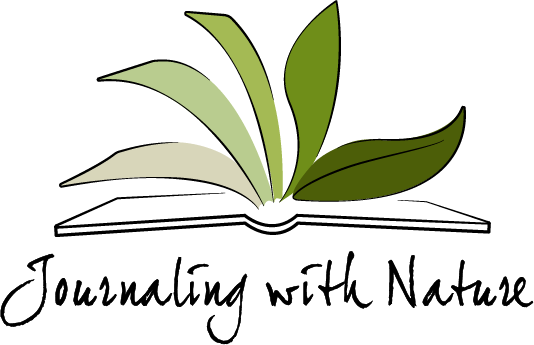Let's NOT make art!
Let’s NOT make art!
Ask a group of adults the question “Can you draw?” and the majority of them will laugh and tell you “Nooooo! I’m terrible” Or “I draw like a child!” Most adults, and even many older children, have a psychological barrier or limiting belief that they can’t draw. Why is this? Young children draw freely and without judgment or self-criticism. At what point do we stop drawing this way? I believe that it is around the age of eight or nine. At a certain point we begin to judge our efforts critically and at this point most of us simply stop drawing altogether.
When I begin a nature journaling workshop I always check-in with the group to gauge how everyone feels about drawing. For those who feel nervous about putting pen to paper, I explain that nature journaling is not about creating works of art and this is why anyone can do it. Nature journaling is about learning to connect with our world through the process of observing and recording what we see around us. We use drawing as just one method of recording our nature observations. Everyone can draw, no matter how entrenched the limiting-belief that they can’t. Drawing is a skill that is developed over time by repeated practice, like any other skill. If you don’t like the level of your drawing ability right now, draw! Draw, draw and draw some more! The more you draw, the more satisfied you will be with the results of your efforts.
There are some fun exercises you can do to help loosen up, relax your expectations and get your pen moving. The first exercise is called blind contour drawing. You can do this with any object you have at hand or it can be fun to pair-up and do it with a partner’s face.
With blind contour drawing you let your pen travel across the page while you are looking at a subject. The interesting part is that you never lift your pen or look at your page while you are drawing. Instead, you let your eyes trace the contours of your subject and imagine that your eye and your hand are connected. As you move your eyes around the contours you let your hand note what you see on the paper. Imagine that your eyes are propelling your pen. As your eyes move up the left side of the face, your pen is moving up the page at the same rate. As your eyes trace the outline of your partner’s eyebrow, you pen is drawing this on the page. It feels very difficult and unnatural not to look at your page during this activity but stay strong and don’t look! The results of this are wonderfully free, Picassoesque faces, with long chins and lopsided eyes. I always love the results! At a recent workshop, I was demonstrating this technique and a child, looking over my shoulder, said “I am trying not to laugh”. I told him “Laugh!” This is a fun and silly exercise designed to get you laughing and relaxed. Laugh as much as you want!
Now you’ve done a blind contour drawing or two, I want you to try a modified contour drawing. This is essentially the same except that you’re allowed to look at your paper occasionally and to lift your pen to reposition it on the page. As before, keep your eyes and hand connected while following the contours and internal shapes of the subject. Try to look at your subject as much as possible and only look at your page when you feel you need. It is a fun exercise to draw an object using the blind contour method and then draw the same object using the modified contour drawing technique and then compare the two.
Blind contour (left) and modified contour (right) of the same subject
When you next go out into the field to draw something in your nature journal, give modified contour drawing a go. Try not to judge your drawing as art. Are you able to approach it with a light heart instead of trepidation? Are you able to feel your eyes and your hand working in unison? Your drawing technique will develop and improve over time, but the most important thing is that you have enjoyed the process of observing and connecting with nature.






Keeping track of the temperature and weather can be a useful addition to our garden journal. In this blog post I share how I record this information and offer a downloadable template for you to use in your own journal.